Should you go two-tone with your kitchen cabinets? Designer's advice on whether dual-color cabinet schemes are a timeless choice
Experts weigh in on whether two-tone kitchen cabinets are the best way to enhance your scheme
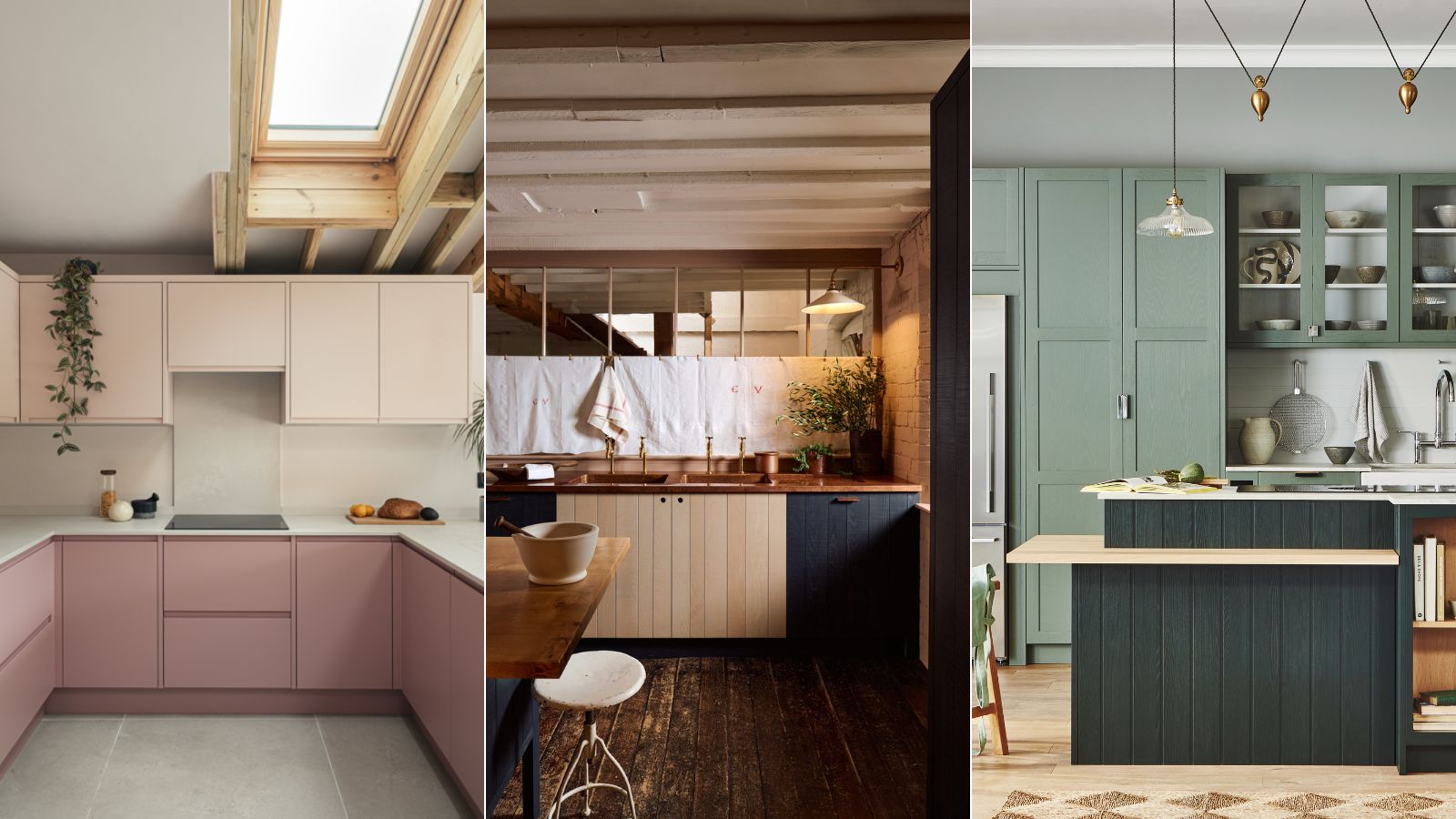
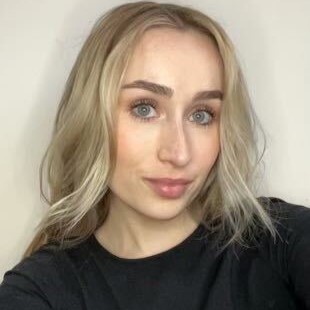
Should you go two-tone with your kitchen cabinets when choosing the color scheme? Recent kitchen trends have favored various designs, from color-drenched schemes in one color to more retro spaces embracing a variety of hues.
There are no hard and fast rules regarding kitchen cabinet colors, but interior designers have their preferred styles. Two-tone kitchen cabinets offer a more visually interesting design scheme, but simpler, more minimalist tastes might prefer a more pared-back design.
So, should you go two-tone with your kitchen cabinets? We've turned to designers and kitchen experts to find out whether it's a good idea, and how they approach color pairing in the kitchen.
Should you go two-tone with your kitchen cabinets?
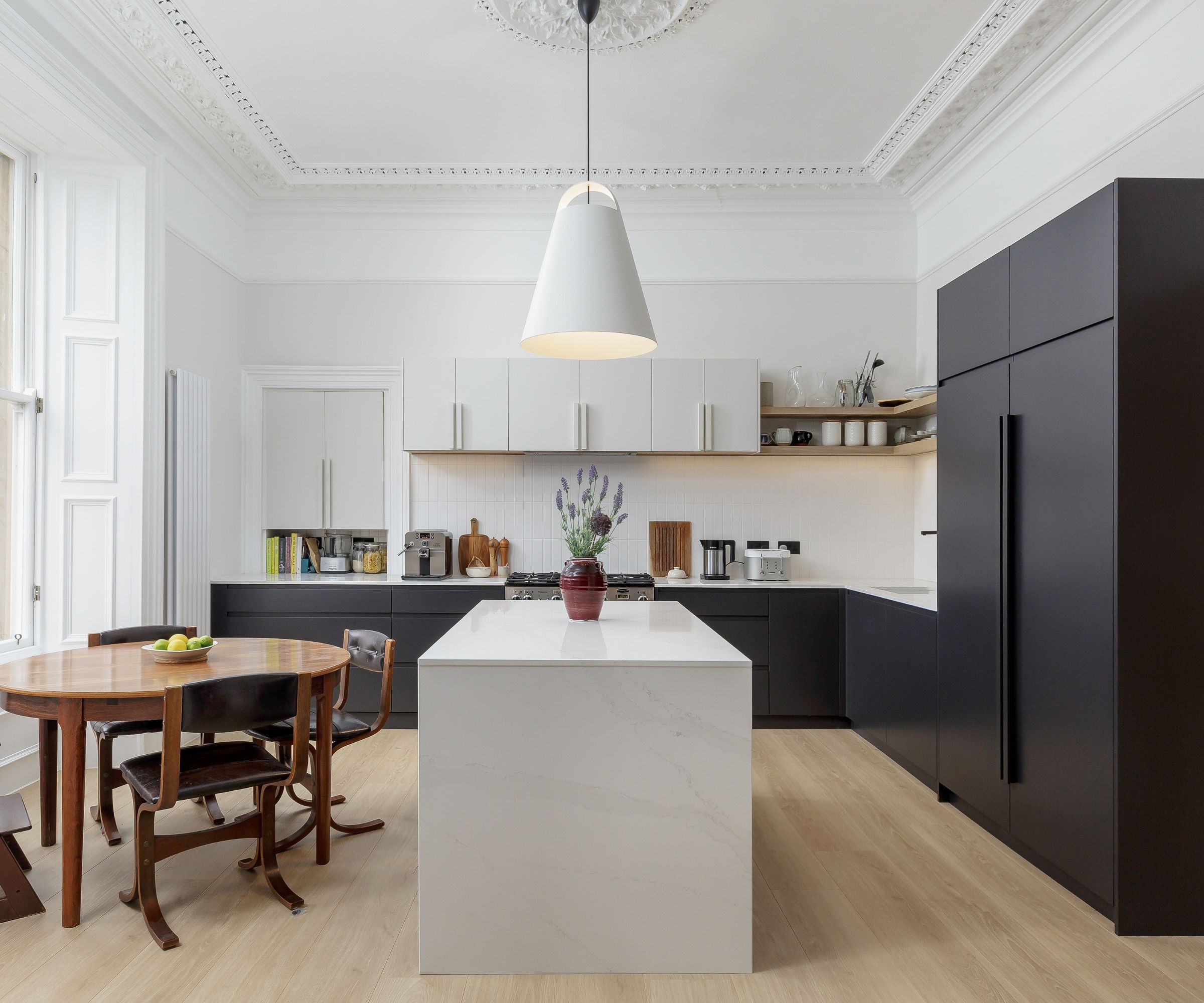
Two-tone kitchen cabinets have certainly grown in popularity in recent years. In most kitchens in the style, you'll find one color on the wall cabinets with a contrasting kitchen island, or different colors used for the upper and lower cabinets. But do experts prefer this look?
'A two-tone kitchen looks great and works well in a large area where using two colors helps break up the space. Using two colors can also delineate areas such as separating the dining zone from the busy cooking space,' says Elizabeth Sherwin, creative director of Naked Kitchens.
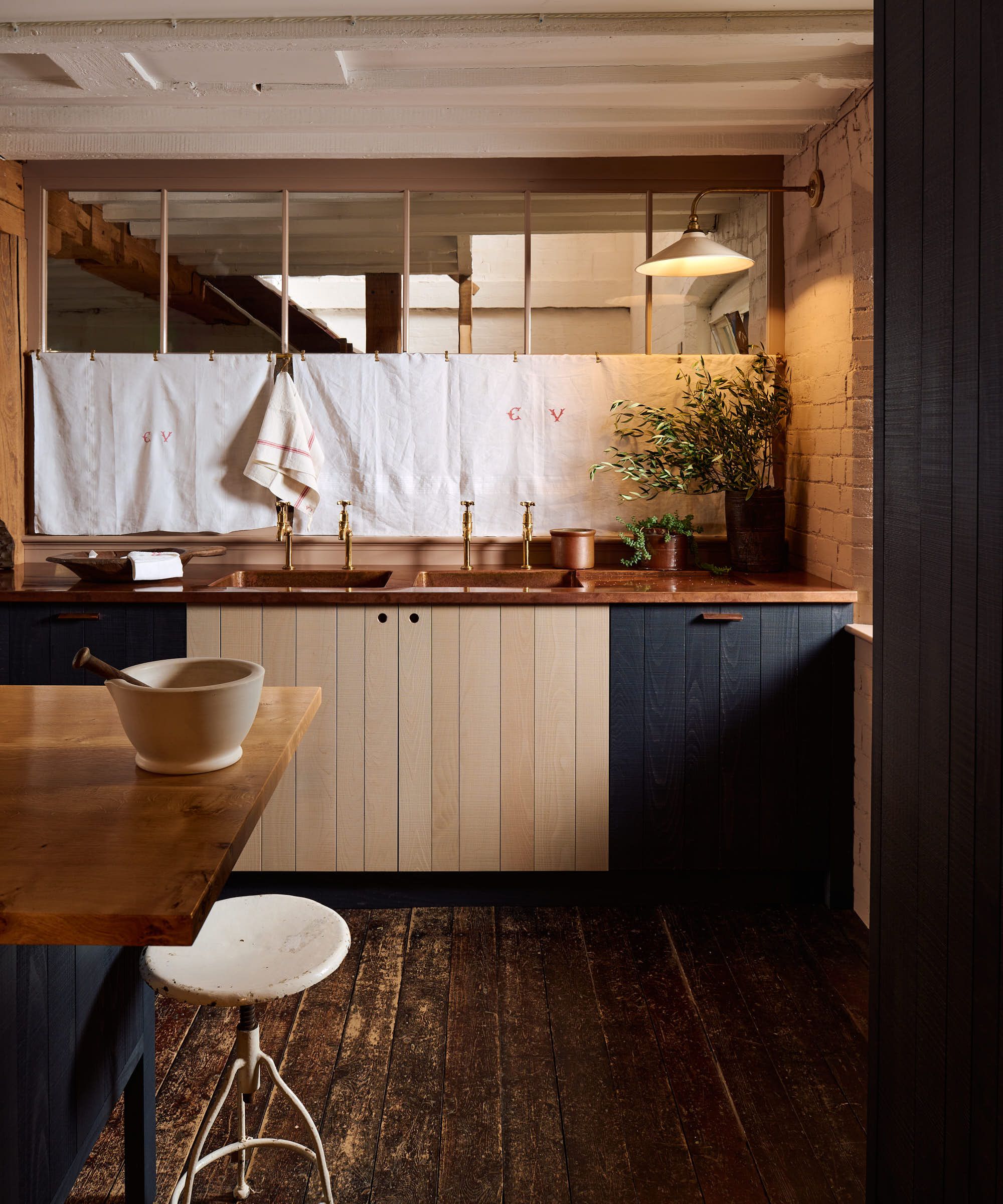
In recent trends, color tricks to zone open plan rooms have been a popular choice, but with the renewed appreciation for 'broken plan' kitchen layouts, color choices are becoming more focused on decorative functions rather than practical ones. So as much as two-tone kitchen cabinets work wonders in a large scheme, is there a place for it in smaller kitchens?
Tom Howley, creative design director at the eponymous kitchen company, believes there is. 'Two-tone kitchen cabinets can transform your kitchen by creating a visually engaging space. This approach allows you to play with color dynamics and can make a room feel larger and more inviting.'
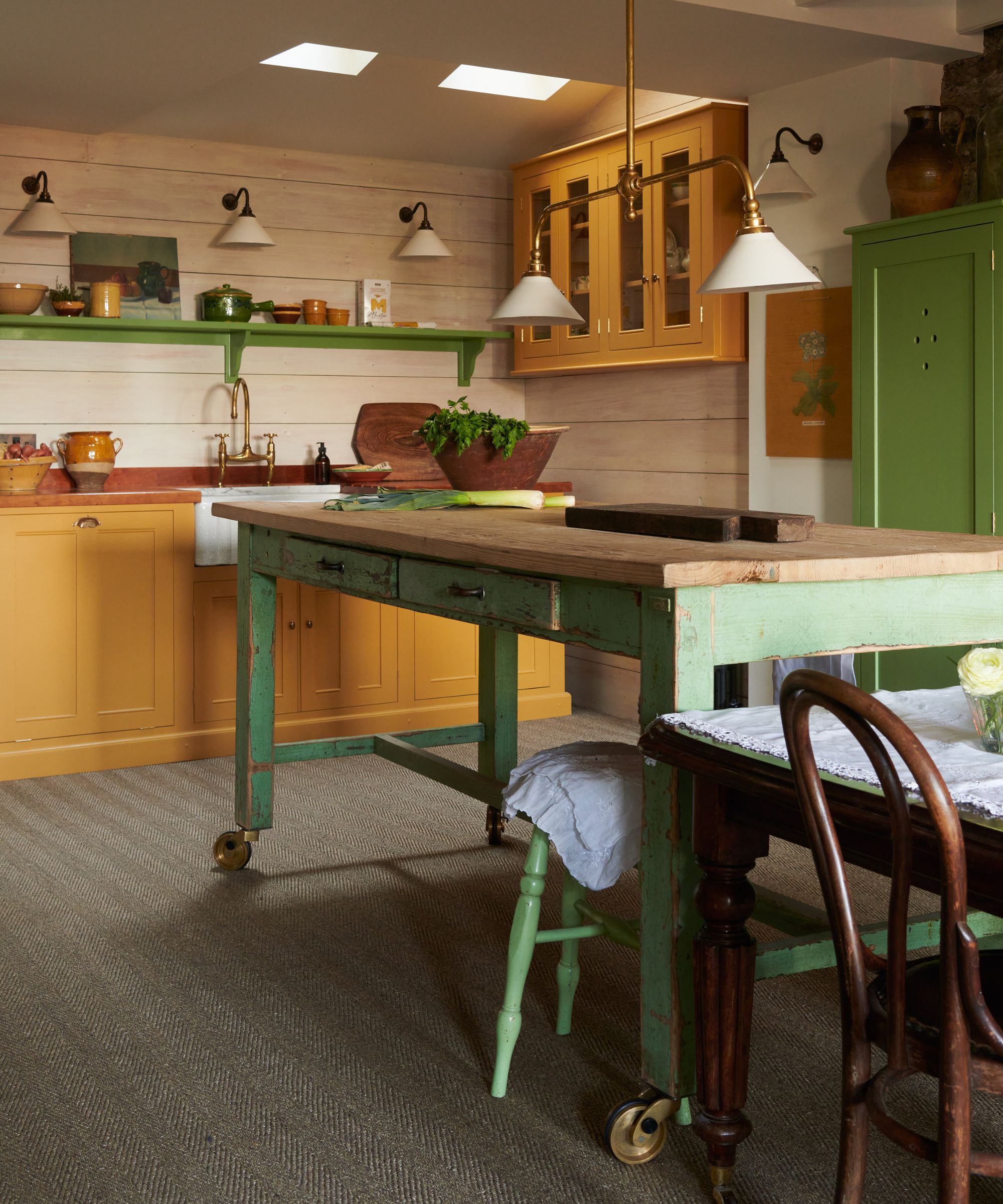
'It also provides the opportunity to highlight certain areas of your kitchen, such as an island or a particular cabinet section, bringing a sophisticated and contemporary look to your home,' he adds.
The other added benefit of two-tone kitchen cabinets is that as you highlight main areas with color, you can also use them to hide or disguise less attractive areas of the kitchen. 'Using two colors can visually divide the space, creating distinct zones or focal areas that help manage the room’s dynamic environment,' explains Hannah Yeo, senior manager of color marketing at Benjamin Moore.
'This method allows you to highlight particular areas, such as the cooking zone or entertaining section, while downplaying others, like storage spaces or less attractive features.'
What is the best way to introduce two-tone kitchen cabinets?
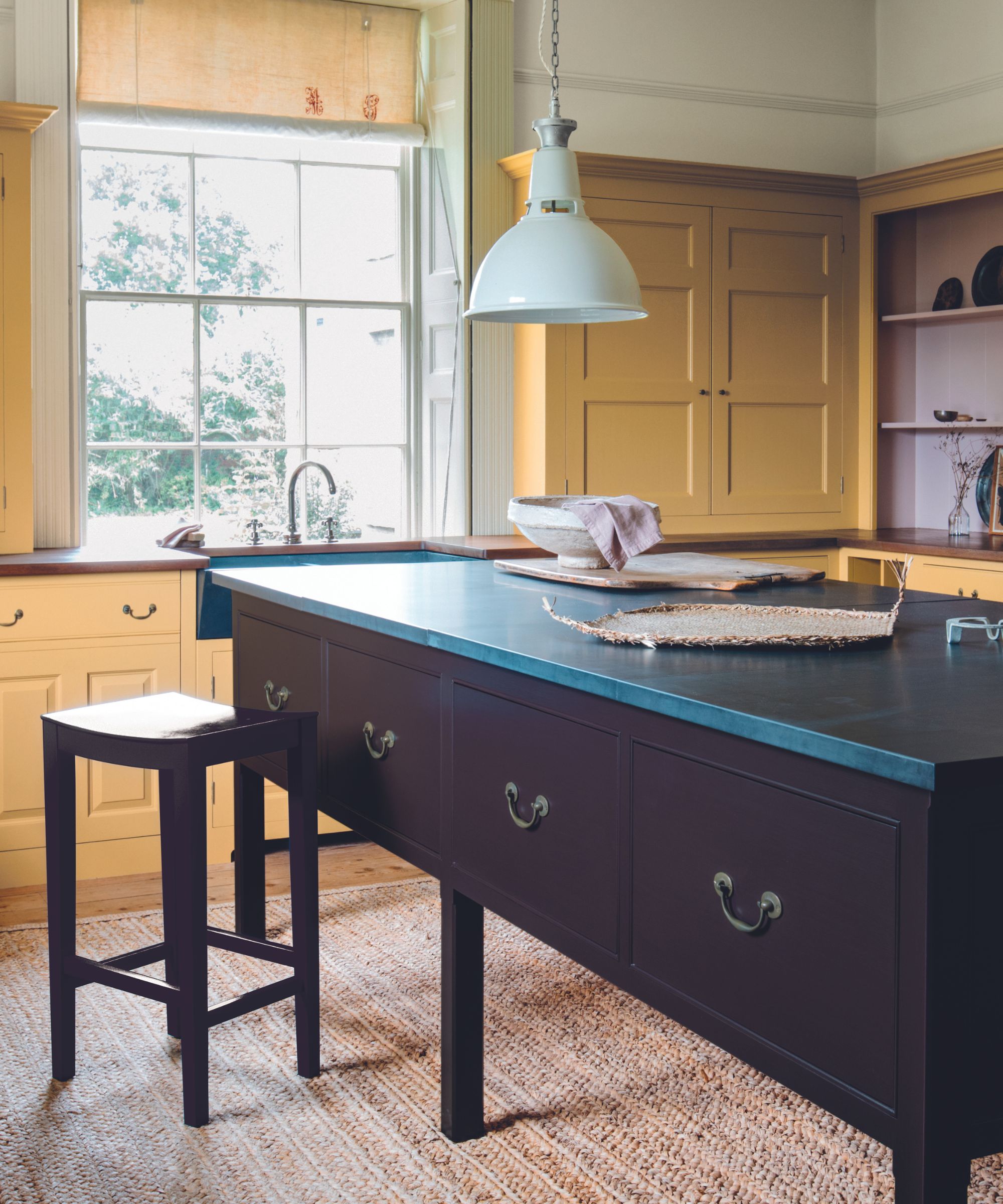
There are a few different ways to design two-tone kitchen cabinets, it really depends on the overall look you're striving for and the size and shape of your space. In a small kitchen, you might want to opt for contrasting upper and lower cabinets, but in a larger space, it might be best to have a statement island or a more dramatic color contrast.
'Decide which areas you want to stand out. Typically, lower cabinets or an island can be a different color from the upper cabinets. This grounds the space while drawing the eye to different levels,' says Tom.
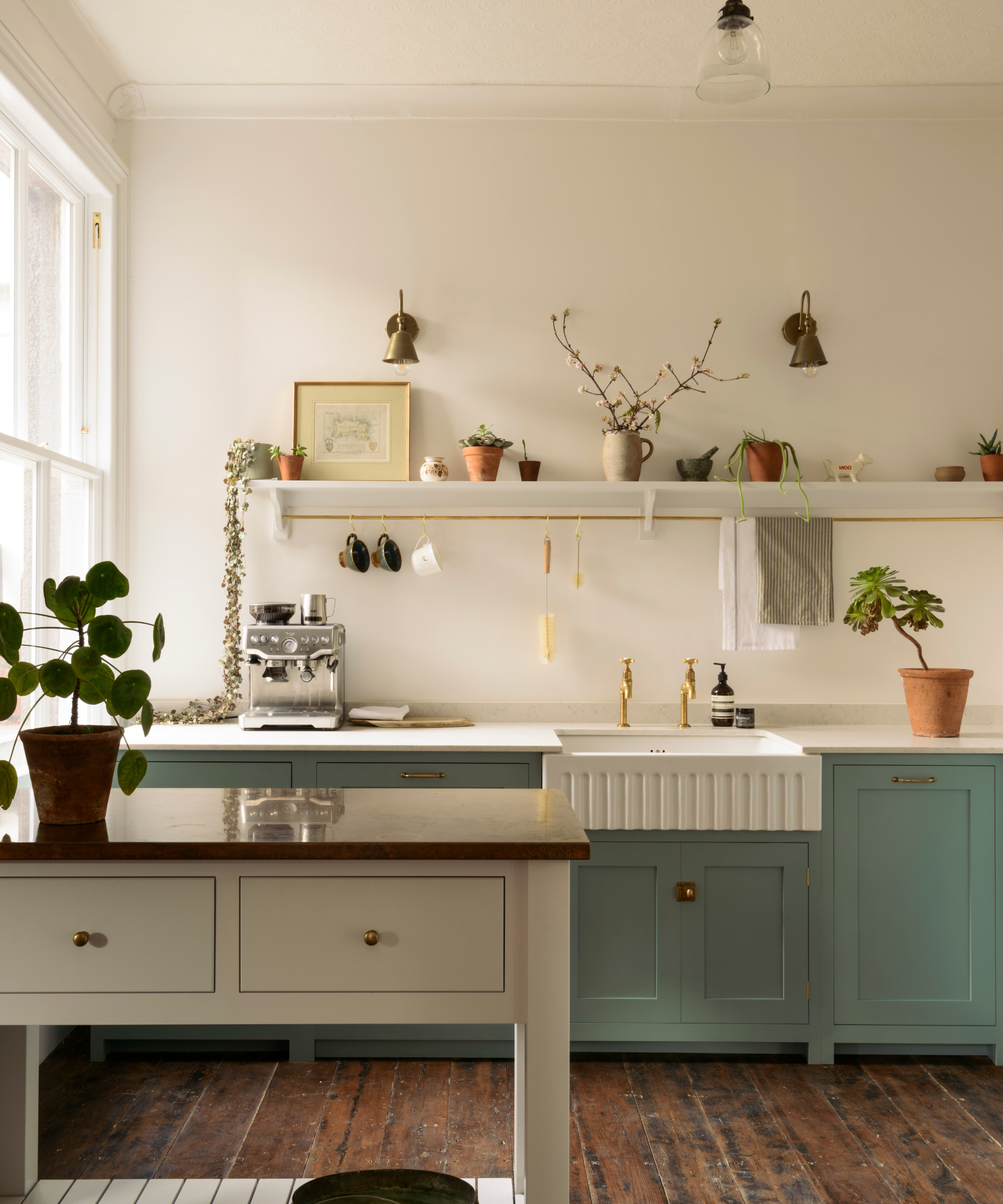
'It's always popular to have the island in a different color to the surrounding cabinetry. This can help make the space look larger and ground the island. Using lighter color cabinetry around the edge of a kitchen and a darker island helps to open up the space keeping a light and airy feel,' says Elizabeth.
The colors you choose will really depend on your interior design style – in a more minimalist kitchen scheme, a mix of warm neutrals can be really effective, or in bolder schemes, primary colors or tonal cabinetry offers a striking pairing.
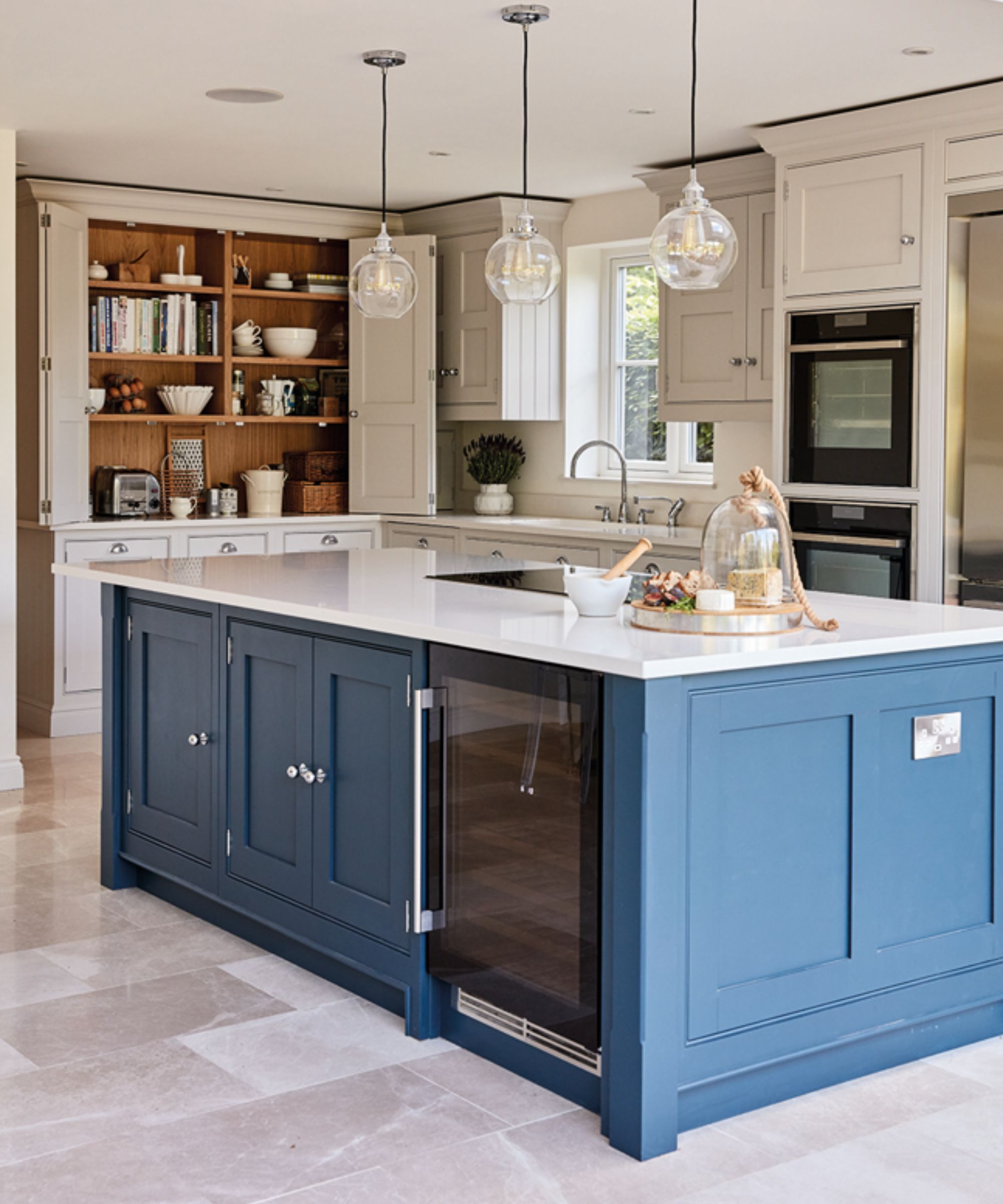
'Select colors that complement each other and the overall aesthetic of your home and consider the existing color palette of your kitchen, including countertops, backsplash, and flooring,' Tom adds.
Classic kitchen cabinet color pairings are favorable for a timeless and enduring scheme. 'One of my favorite go-to color pairings for two-tone kitchen cabinets is a classic and timeless combination of navy blue and off-white or light grey,' says Tom.
'This combination offers a perfect balance of elegance and freshness. The deep, rich navy provides a grounding effect and brings a sense of luxury, while the off-white or light grey adds brightness and an airy feel to the space. This pairing works wonderfully in both traditional and contemporary kitchen designs, making it versatile and enduring.'

A timeless color scheme doesn't mean you have to stick to neutral colors. Two-tone kitchen cabinets can work really well in moodier hues, too. 'Islands tend to benefit from a darker color to the surrounding cabinetry, but it’s up to you whether to go tonal (i.e. a color scale up from existing cabinetry) or for a completely stand-alone complementary color,' says Patrick O'Donnell, brand ambassador at Farrow & Ball.
'Dark chocolates pair well with pale to mid-blues. The blackest of our blues, Railings, will look super smart against softer period greens or the palest of greys and lilacs. Deep wine reds like Preference Red will add an elegant contrast to the 'oh-so-now' plaster pink cabinetry of Templeton Pink. Or, for a truly tonal feel, something like the muted blue/green of Pigeon will deliver a smart restraint against its softer stablemate, the pale mint of Mizzle,' he suggests.
So, should you go two-tone with your kitchen cabinets? It seems you absolutely should – choose a color pairing that matches your home's color palette and enhances you kitchen design. Whether you opt for bold, moody hues or classic color pairings, it's a simple way to add visual interest to your kitchen scheme.
Sign up to the Homes & Gardens newsletter
Design expertise in your inbox – from inspiring decorating ideas and beautiful celebrity homes to practical gardening advice and shopping round-ups.

I’ve worked in the interiors magazine industry for the past five years and joined Homes & Gardens at the beginning of 2024 as the Kitchens & Bathrooms editor. While I love every part of interior design, kitchens and bathrooms are some of the most exciting to design, conceptualize, and write about. There are so many trends, materials, colors, and playful decor elements to explore and experiment with.
-
 Ina Garten's storage pantry is an insightful window into all of the best cookware used by the chef – and it's easy to recreate on your kitchen shelves from $48
Ina Garten's storage pantry is an insightful window into all of the best cookware used by the chef – and it's easy to recreate on your kitchen shelves from $48The beautiful dishware in The Barefoot Contessa's Hamptons pantry showcases the tools she uses most often to cook – this is exactly how you replicate it
By Sophie Edwards Published
-
 Extend the lifespan of your appliance with 5 simple but crucial washing machine maintenance tips
Extend the lifespan of your appliance with 5 simple but crucial washing machine maintenance tipsFrom cleaning the filters to keeping the door open, experts reveal the washer tips they swear by
By Andy van Terheyden Published